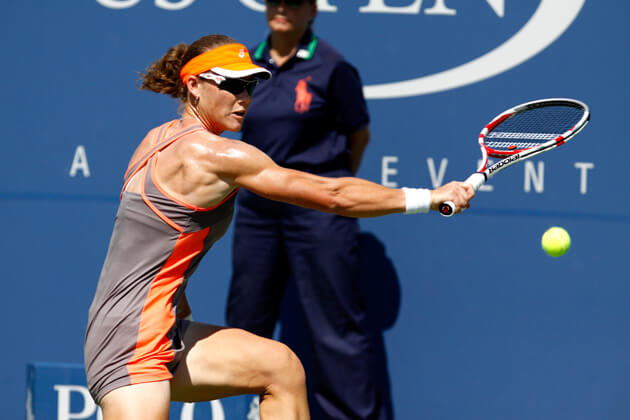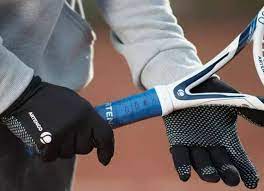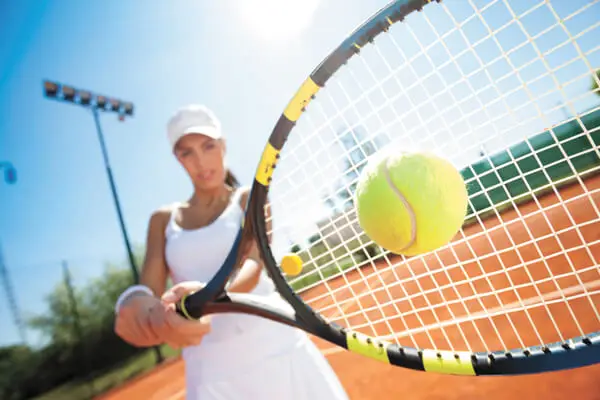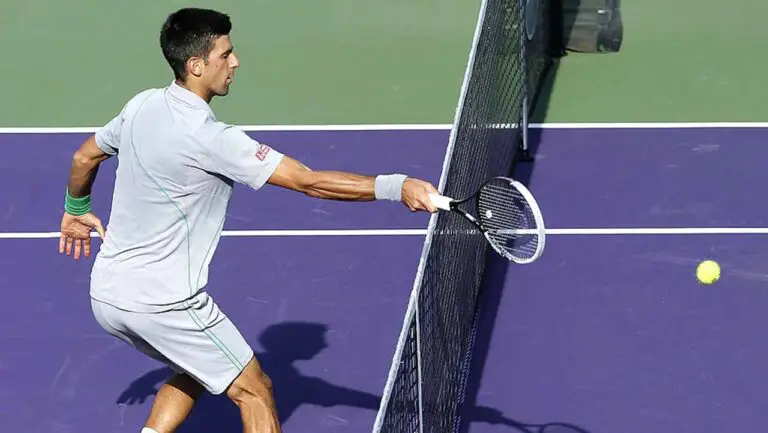Is Pickleball Easier Than Tennis?
As both tennis and pickleball have gained popularity worldwide, the comparison between these two sports has sparked numerous debates. The crux of the discussion often falls on the question, “Is pickleball easier than tennis?”
Pickleball and tennis have unique attributes, with the former having a smaller court, less intense physical demands, a complex scoring system, and lower injury rates. While pickleball has its own complexities and requires agility, its strong community aspect often makes it seem easier and more enjoyable compared to tennis.

In this article, we’ll look into the various sides of both sports to provide a balanced answer to this intriguing query.
So, let’s get into it!
Is Pickleball Easier Than Tennis?
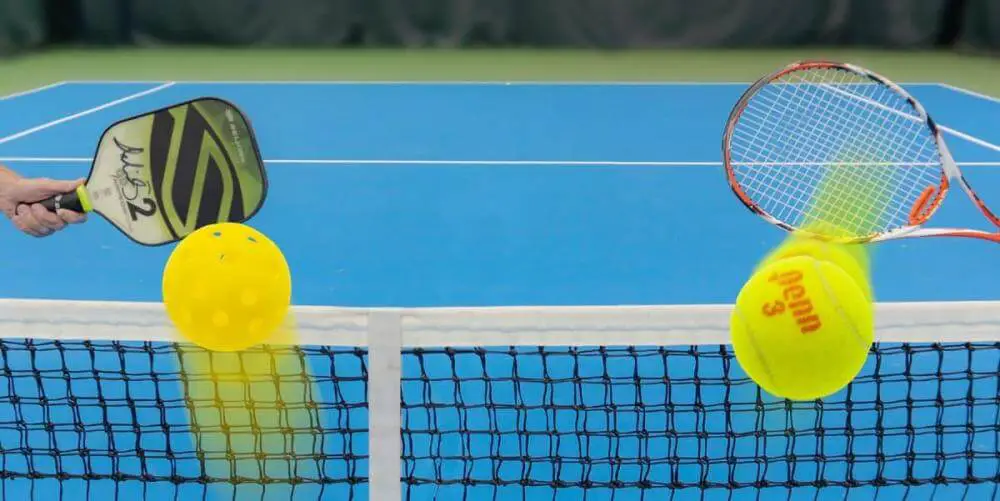
We can compare both sports on the basis of the following points:
- Playing Area
- Physical Demands
- Rules and Scoring
- Injuries
- Complexity
- Social and Community Aspects
Let’s discuss them one by one!
Playing Area
The size of the courts is one of the first ways pickleball and tennis differ from one another. Similar to a badminton court, a standard pickleball court measures 20 feet by 44 feet. In contrast, a tennis court is 78 feet long and significantly larger.
This reduced court size in pickleball leads to less ground to cover, which may make pickleball seem less physically demanding than tennis.
However, this doesn’t necessarily mean that pickleball is easier—just different.
Physical Demands
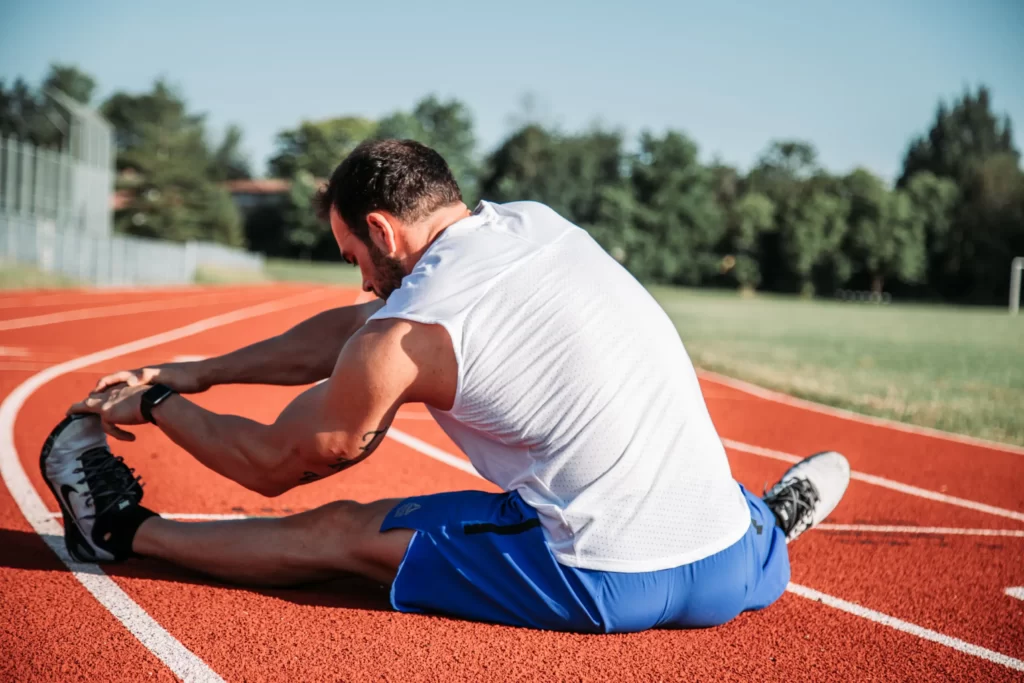
Given the smaller court size in pickleball, there is less running and overall movement compared to tennis. However, both sports require agility, quickness, and the ability to serve and volley with precision.
In tennis, players need to have relatively fast-twitch muscles to assist in sudden movements across the larger court.
Meanwhile, pickleball players can get to the ball quicker due to the smaller court size, but they also need good reflexes and quickness.
Therefore, when considering physical demands, it’s important to understand that less movement doesn’t necessarily equate to being easier.
Rules and Scoring
When it comes to rules and scoring, tennis has a more straightforward system than pickleball. Tennis’ scoring system, which awards points in increments of 15, 30, and 40 before a player wins a game, is simpler to understand for most people.
On the contrary, pickleball has a unique scoring system that might initially confuse beginners. Games are often played to 11, 15, or 21 points, and only the serving team may score.
Learning the intricacies of pickleball’s rules and scoring system may present a steep learning curve for some beginners. However, once grasped, it adds an exciting dynamic to the game that sets it apart from tennis.
Injuries

In any sport, the risk of injury exists, and both pickleball and tennis are no exceptions. However, given the less intense and less long-ranged nature of pickleball compared to tennis, pickleball tends to have fewer injury instances overall.
Common injuries in pickleball include sprained ankles, shin splints, and plantar fasciitis, mainly due to the game’s repetitive motions.
On the other hand, tennis players may encounter more varied injuries due to the need to run in multiple directions and take risks to hit the ball.
While both sports require participants to stretch and warm-up adequately to avoid injury, pickleball’s less demanding nature might make it a safer option, particularly for older players or those with existing injuries.
Complexity
While at first glance, pickleball might seem simpler than tennis, the reality is quite different. Pickleball has its own complexities, particularly around shot placement and serving.
Also, unforced errors can greatly influence the outcome of a game in pickleball. This aspect adds another layer of complexity to the sport, setting it apart from tennis, where unforced errors may not always result in losing a game.
Social and Community Aspects
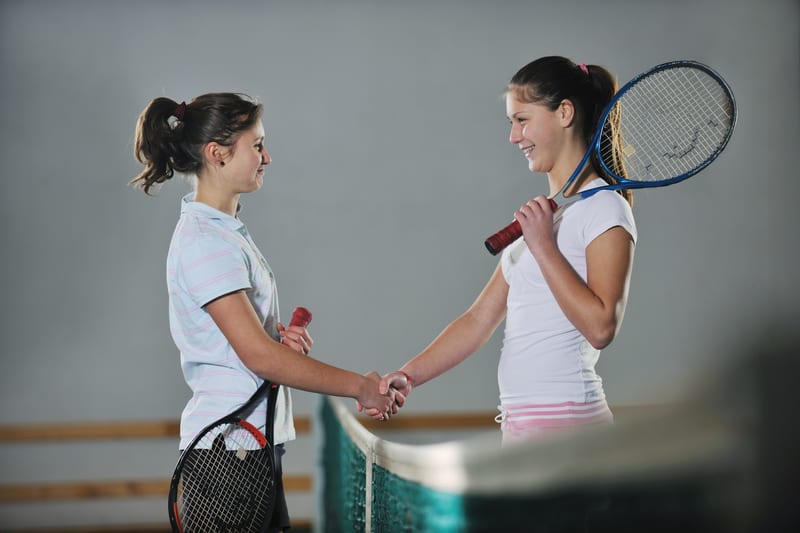
Pickleball tends to be viewed as easier than tennis, and a lot of this comes down to the game’s strong community feel. Let’s explore how it happens:
Foster Connection through Close Proximity
In pickleball, the court size is smaller than that of tennis, bringing players closer together and promoting more direct communication. The resulting environment encourages camaraderie, a trait not always present in tennis due to the larger playing field.
Create a Welcoming Atmosphere
Pickleball stands out for its friendly and inclusive atmosphere. Encouraging cheers from spectators and good-natured banter among players foster an environment of inclusivity.
Such a welcoming vibe makes pickleball more approachable for beginners, often making it seem easier to learn than tennis.
Promote Casual Competition
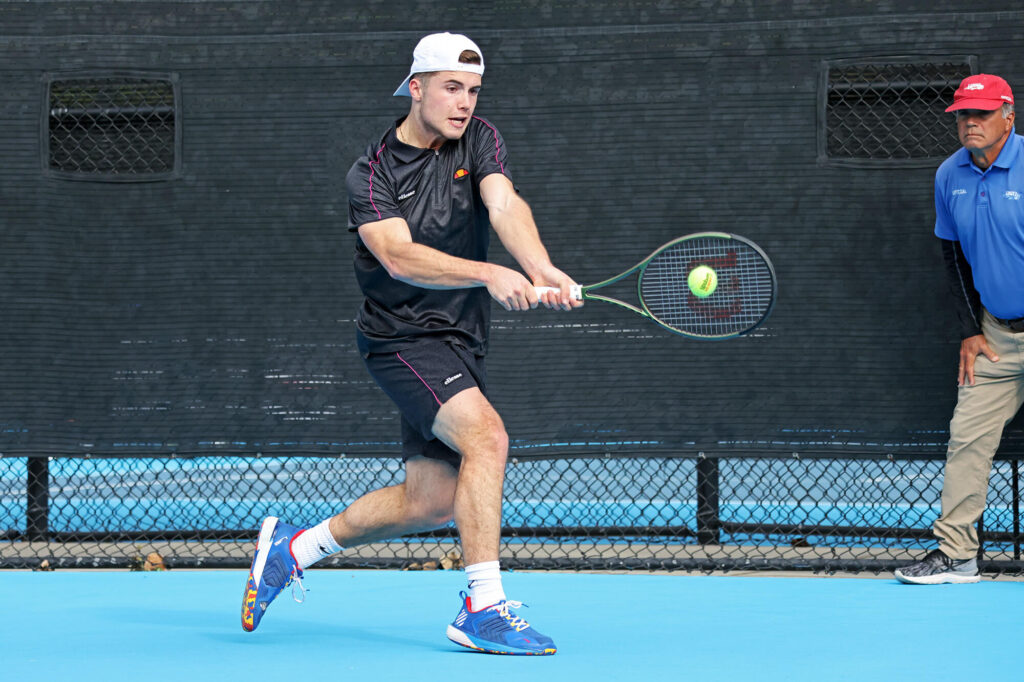
While tennis carries a reputation of high competition, pickleball tends to encourage a more relaxed, laid-back style of play. The sport indeed has its competitive moments, but the overall tone leans more towards leisure.
The casual competitive spirit of pickleball helps to make the sport less intimidating for new players, contributing to the perception that it’s easier than tennis.
Build Strong Communities
The smaller court size in pickleball does more than dictate the style of play—it also facilitates a strong sense of community. Players find it easier to form friendships on the pickleball court due to their proximity to each other.
A sense of community can make the game more appealing and enjoyable, and social support can motivate players to continue playing and improving.
On the other hand, the larger court size and individual nature of tennis can make such strong community bonds more challenging to form.
Conclusion
The notion of whether pickleball or tennis is easier is subjective and depends on personal athletic ability and preferences. While pickleball’s smaller court and slower pace might seem more accessible, its scoring system and strategic gameplay offer unique challenges.
Tennis, with its larger court and vigorous physical demand, suits those seeking an intense workout. Despite the differences, both sports require strategy and skill, providing diverse experiences for varying player preferences and fitness goals.
Frequently Asked Questions
Is Pickleball Gaining Popularity Compared to Tennis?
Yes, pickleball has been gaining popularity due to its simplicity, accessibility, and appeal to players of all ages.
Is Pickleball More Beginner-Friendly Than Tennis?
Pickleball is generally considered more beginner-friendly due to its smaller court size, simpler rules, and easier-to-control equipment. However, like any sport, pickleball still requires practice to master.
Can I Play Pickleball If I Have Physical Limitations?
Yes, pickleball’s lower physical demand makes it a more accessible choice for people with physical limitations.
Is Pickleball More Affordably Accessible Than Tennis?
Yes, pickleball typically has lower equipment costs and court fees compared to tennis, making it more accessible in terms of cost
Sources:
- https://masspickleballguide.com/sport/pickleball-easier-than-tennis/
- https://tennisconnected.com/home/2020/10/23/is-pickleball-easier-than-tennis/
- https://www.paddle2racket.com/post/is-pickleball-easier-to-learn-than-tennis
- https://ilovetowatchyouplay.com/2023/03/02/pickleball-tennis-at-10-and-under/
- https://www.reddit.com/r/Pickleball/comments/lyts8e/is_pickleball_easier_than_tennis/


